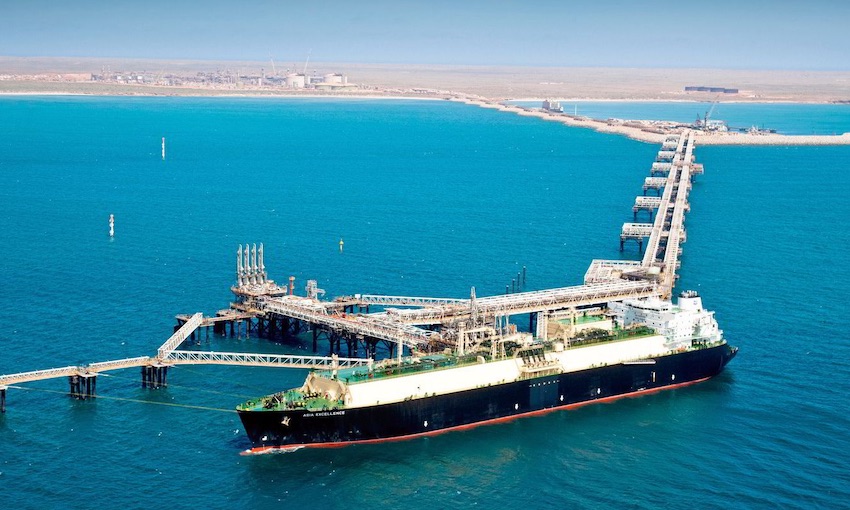RESEARCH company EnergyQuest reports that Australia exported a record 78 million tonnes of liquefied natural gas in 2020, up from 77.5 million tonnes in 2019.
The company said this is a “good result” given the disruptions to the Gorgon project and the fact that Prelude hadn’t produced since early February. These issues were compounded by problems at the Wheatstone project with reduced production, and the COVID-19 destruction of LNG demand, particularly early in the year.
Australian production was above Qatar nameplate capacity of 77 million tonnes per annum. Although the precise level of Qatar LNG exports is uncertain because the country does not disclose its actual LNG export volumes.
The Australian projects operated at 89% of operation nameplate capacity of 87.8 million tonnes per annum.
Western Australian production was up by 5% on 2019 to 43.7 million tonnes, but the Northern Territory again proved the standout with production up by 11% on 2019 to 11.7 million tonnes.
The east coast had record production of 22.6 million tonnes, although up only 1% overall from 22.4 million tonnes in 2019.
“One of the reasons why it has been possible to maintain strong Gladstone exports is that use of gas for electricity has been falling, replaced by renewables,” said EnergyQuest.
“Use of gas for generation fell by 39 PJ in 2020 compared with 2019. Replacing east coast gas with renewables to free up gas to export to China to replace coal is a win-win both environmentally and economically.”
The three Gladstone projects operated at record levels for the last three months of 2020, with two months greater than 100% nameplate capacity.
Western Australia continued to dominate Australian LNG, supplying 56% of national exports, while Queensland produced 29% and the Northern Territory 15%. The North West Shelf project in Western Australia was the largest contributing project, followed by the two Chevron-operated projects, Gorgon and Wheatstone.
There remains the opportunity to further lift LNG production rates in 2021, according to EnergyQuest.
“A further 3.6 million tonnes per annum will be added when Prelude reaches full production capacity and an additional 5 million tonnes per annum from Gorgon once repairs to the cooling kettles have been resolved and production is back to full capacity.
“A return to the average prices experienced in 2019 could push LNG export revenue close to A$50 billion. However, a return to warmer than average northern hemisphere winters could see a collapse in spot prices this time next year,” said EnergyQuest.

